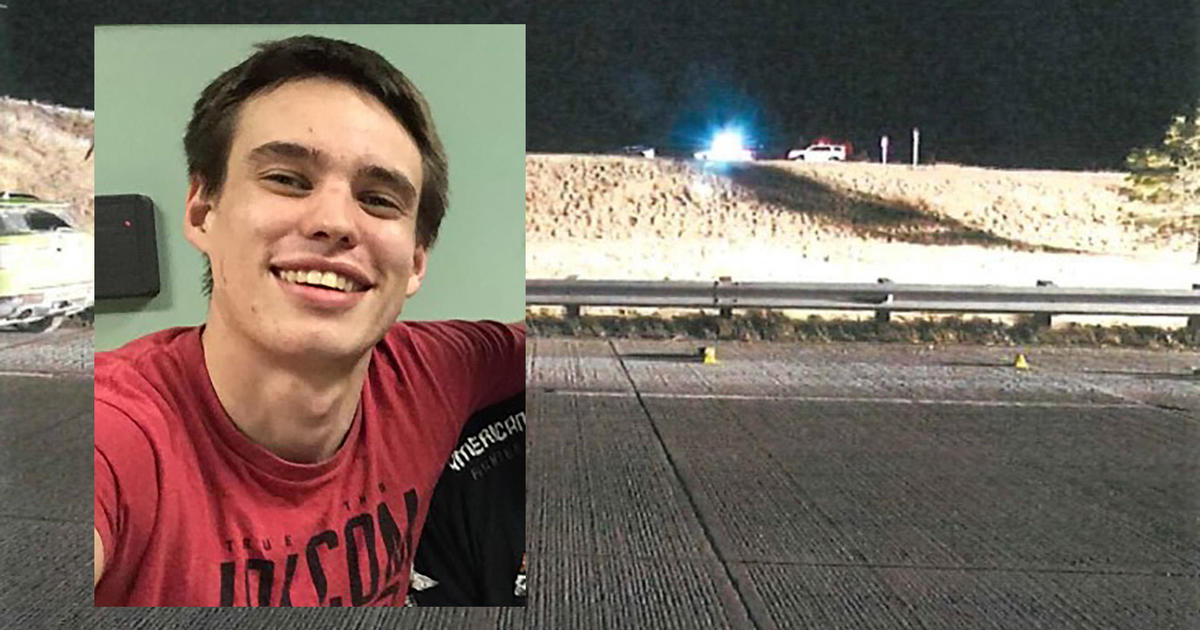Tattoo From Unlicensed Artist Results in Death Of Greeley Man
GREELEY, Colo. (CBS4)- A Greeley man died from sepsis after getting a tattoo from an unlicensed, home-based body artist. The man has been identified as 52-year-old Nemecio Benavidez.
Infections from body art procedures do occur. Body art includes tattoo, piercing, branding, scarring or subdermal implants.
Sepsis is the body's overwhelming and life-threatening response to an infection which can lead to tissue damage, organ failure and death.
"Anyone can get sepsis as a bad outcome from an infection," said Dr. Mark E. Wallace, Executive Director of the Weld County Health Department in a statement.
RELATED: Dangerous Ink: Tattoo Artists Called 'Scratchers' Can Make People Very Sick
Weld County health experts say the rate of sepsis is increasing in the country and 28 to 50 percent of those who acquire the infection die. According to the Centers for Disease Control and Prevention, more than 258,000 Americans die from sepsis each year.
Health experts say body art procedures are considered to be invasive because of the puncture or compromise of the skin, and they carry the risk of communicating diseases such as Hepatitis B, Hepatitis C, or human immunodeficiency virus (HIV).
"Other bacteria and viruses may be transmitted through contaminated equipment, or the body art area may become infected as any other wound" said Wallace in a statement.
In Weld County, body art establishments are required to be licensed by the Health Department and artists must work in a licensed establishment that meets construction and sanitation standards.
Health experts recommend that any signs of infection in a body art procedure should be reported to the body art establishment, the health department and the individual's health care provider.
Additional Information from Weld County:
There is no single sign or symptom of sepsis; rather, it's a combination of symptoms. Since sepsis is the result of an infection, symptoms can include general infection signs as well as any of the following: shivering, fever, or very cold; extreme pain or general discomfort; pale or discolored skin; sleepy, difficult to rouse or confused; a feeling that "I feel like I might die," and shortness of breath. Treatment for sepsis is usually done in the hospital and involves antibiotics and may include oxygen and intravenous (IV) fluids to maintain normal blood oxygen levels and blood pressure.



